Theo M. Nieuwenhuizen9812771174, 9789812771179
Table of contents :
CONTENTS……Page 10
Preface……Page 6
Memorial……Page 9
Part A Introductions……Page 14
1. Introduction……Page 16
2. Variables, Beables and Changeables……Page 18
3. The Harmonic Oscillator……Page 19
4. Two (or more) Harmonic Oscillators……Page 21
5. Energy and Hamiltonian……Page 24
6. Interactions……Page 25
7. Limit Cycles……Page 26
8. Discussion……Page 28
9. The random deterministic model……Page 31
References……Page 32
1. Introduction……Page 33
2. Quantum Riemannian Geometry……Page 36
3. Application: Homogeneous Isotropic Cosmology……Page 38
References……Page 46
Bose–Einstein Condensates and EPR Quantum Non-Locality F. Lalo e……Page 48
1. EPR Argument and Its Refutation by Bohr……Page 51
2. Detecting the Transverse Direction of Spins; calculation……Page 52
3.1. Role of the Integral……Page 55
3.2. Small and Big Condensates; Ampli cation During Measurement……Page 57
3.3. EPR Non-locality with Fock States……Page 59
4. Possible Objections……Page 61
5. Conclusion……Page 63
References……Page 64
1. Introduction……Page 66
2. The model and its solution……Page 67
2.1. The Hamiltonian……Page 68
2.2.1. Dephasing……Page 69
2.3. Registration of the measurement……Page 70
3. Microscopic versus macroscopic aspects of quantum measurement……Page 71
4. Measurement, a process of quantum statistical mechanics……Page 72
5. Irreversibility……Page 73
6. Meaning of von Neumann’s reduction and of Born’s rule……Page 74
7. Relation to the pre-measurement……Page 75
8. Statistical interpretation of quantum mechanics……Page 76
References……Page 77
Part B Quantum Mechanics and Quantum Information……Page 80
1. Introduction……Page 82
2.1. The Summhammer, Rauch, Tuppinger experiment……Page 84
2.2. The Martens inequality……Page 87
2.3. Martens inequality versus Heisenberg uncertainty relation……Page 88
3.1. Generalized Aspect experiment……Page 89
3.2. Complementarity and nonlocality as alternative explanations of violation of the Bell inequalities……Page 90
References……Page 92
1. Introduction……Page 93
2.1. Evolution of density matrix……Page 94
2.2. Intensity correlation and waiting-time distribution……Page 96
2.3. Single histories……Page 97
3. Spontaneous Decay as a Quantum Trajectory……Page 99
4. Discussion……Page 102
References……Page 103
1. Introduction……Page 104
2. Laser Master Equation Analysis of BEC Statistics……Page 106
2.1. Low temperature approximation……Page 107
2.2. Quasithermal approximation……Page 108
3.1. Cumulants of BEC uctuation for an ideal Bose gas……Page 110
3.2. Hybrid approach to condensate uctuations……Page 112
Acknowledgments……Page 114
Appendix A. Mean number of condensate particles: cusp vs smooth crossover……Page 115
References……Page 118
1. Introduction……Page 120
2. Our experiments……Page 121
4. Scattering processes as trace-preserving and non-trace-preserving quantum maps……Page 122
5. Non-trace-preserving maps and the causality condition……Page 124
References……Page 126
1. Introduction……Page 128
2. Statement of the Problem……Page 129
3. Spin-1 Assistant in a Known Pure State……Page 130
4. Assistant System as a Coherent State of Light……Page 132
Acknowledgments……Page 136
References……Page 137
1. Introduction……Page 138
2. Gravitational Environment……Page 139
3. Quantum Decoherence of Atomic Interferometers……Page 141
4. Quantum Decoherence of Planetary Systems……Page 143
5. Gravitational Quantum Decoherence……Page 145
References……Page 146
1. Introduction……Page 148
2. Different Kinds of Entropies……Page 150
4. Information Loss in Gases……Page 152
5. Information Loss in Quantum Gravity……Page 154
6. Conclusions……Page 156
References……Page 157
1. Introduction……Page 159
3. Super{Quantum Correlations……Page 160
4. The Collapse of Super{Quantum Complexity Theory……Page 161
6. The Simulation of Quantum Correlations……Page 163
References……Page 164
Part C Long Distance Correlations and Bell Inequalities……Page 166
1. Introduction……Page 168
3. Copenhagen and Related Views……Page 169
4. Bohmian Mechanics……Page 170
6. Extended Parameter Space……Page 172
7. Summary and Conclusion……Page 174
References……Page 175
1. Introduction……Page 176
2. Random Variables, EPR Experiments and the Theorem of Bell……Page 178
3. Connection of Quantum Mechanics to Experiments……Page 181
5. Connecting Quantum Mechanics and Kolmogorov’s Probability Theory……Page 183
6.1. Different probability spaces and unitary time evolution……Page 185
6.2. Probability spaces, joint distributions and commutativity……Page 186
7. Probability Spaces and Relativity: Physics and the Sample Space……Page 187
8. Discussion and Conclusions……Page 190
References……Page 192
2. Channel efficiencies……Page 194
3. Normalizing using the single counts……Page 196
4. Experimental Results……Page 197
5. Interpretation……Page 199
References……Page 200
Part D Mathematical Foundations……Page 202
1. Introduction……Page 204
3. The Statistical and Dynamical Structure……Page 205
4. Banach Structure……Page 208
5. Observables……Page 209
6. Dimensionality Theorems……Page 210
8. Infinite Dimension: the C -Algebra of Transformations……Page 212
References……Page 215
1. Introduction……Page 216
2. The Moyal Approach……Page 218
3. Relation to the Bohm Approach……Page 219
4. The Star-Product and Its Properties……Page 220
5. Time Dependent Equations in the Moyal Approach……Page 221
6. The Operator Formalism……Page 222
7. Conclusion……Page 223
References……Page 224
1. Introduction……Page 225
2.1. Quantum mechanics over real numbers……Page 227
3. Illustration for the von Neumann Trace{Class Formula in the One Dimensional Case……Page 228
4. Finite Dimensional Quantum Mechanics Over Reals as an Approximative Theory……Page 230
5. Prequantum Phase Space { the Two Dimensional Case……Page 232
6. Prequantum Phase Space for Finite Dimensional Quantum Mechanics……Page 234
References……Page 235
1. Introduction……Page 237
2. Mathematical Foundations of Feynman’s Formalism……Page 239
3. Maxwell’s Equations……Page 240
4. SO(3) Algebra and Poincar e Momentum……Page 241
5.2. Position Transformation……Page 243
5.4. Angular Momentum……Page 244
References……Page 246
1. Why Go Beyond the Quantum?……Page 248
2. Go Beyond What Quantum?……Page 249
4. Snyder Space Essentials……Page 250
5. Snyder Space Solutions……Page 252
6. Snyder Space Overlapping Beyond the Quantum……Page 254
7. Lessons Learned from Snyder Space Beyond the Quantum……Page 255
References……Page 256
Part E Stochastic Electrodynamics……Page 258
1. Introduction……Page 260
2.1. Notes to history of quantum mechanics, QED and SED……Page 262
2.1.1. Essential problems of QED: in nities and the structure of vacuum……Page 264
2.1.2. Summary of the early development of quantum mechanics and QED……Page 265
2.2.1. Stochastic quantum mechanics……Page 266
2.2.2. Stochastic electrodynamics……Page 267
2.2.3. Quantum phenomena explained by SED……Page 268
3.1. Black-body radiation spectrum and quantum mechanics……Page 269
3.2. Zero-point radiation……Page 270
3.2.1. Lorentz invariance of ZPR spectral distribution……Page 271
3.2.3. Black-body radiation spectrum in SED……Page 272
3.3. Measurement of black-body radiation and ZPR spectrum……Page 273
4. Zitterbewegung and SED……Page 274
5. Periodic reactions and quantum di usion……Page 275
6.1. Stability of matter and SED……Page 276
6.2. Weak localization: an interference phenomenon explained by SED……Page 278
7. Conclusions……Page 279
References……Page 280
1. Introduction……Page 284
2.1. Definition of the system under study……Page 285
2.2. Definition of the mechanical component and the quantum regime……Page 287
3.1. Resonances……Page 288
3.2. The ergodic principle……Page 290
4. Signi cance of the Result……Page 292
5. The Quantum Regime……Page 293
6. Some Final Words……Page 294
References……Page 295
Inertia and the Vacuum–View on the Emergence of the Inertia Reaction Force A. Rueda and H. Sunahata……Page 297
1. Introduction……Page 298
2. Comparison of the Quantum with the Stochastic Formalisms……Page 299
3. Emergence of Newton’s Second Law (Origin of the Inertia Reaction Force)……Page 301
5. Extension to Gravity……Page 306
6. Conclusion……Page 307
Acknowledgements……Page 308
Appendix A. Correspondence Between SED and QED……Page 309
References……Page 311
Part F Models for the Electron……Page 312
1. The Model Structure……Page 314
2. Interpretation……Page 317
References……Page 320
1. Introduction……Page 321
2. The Extended Kerr-Newman Metric……Page 322
3. Singularity Excision……Page 324
4.1. Gyromagnetic ratio……Page 325
4.3. Half-integer angular momentum……Page 326
4.4. Particle Dimension……Page 327
4.5. Boosted KN solution……Page 328
5. Final Remarks……Page 330
References……Page 331
1. Introduction. Quantum gravity at the Compton level……Page 332
2. The real structure of the Kerr-Newman solution……Page 333
3. Microgeon with spin……Page 335
4.1. Dirac equation in the Weyl basis……Page 337
4.2. The problem of position operator in the Dirac theory……Page 338
4.3. Complex representation of the Kerr geometry……Page 339
4.4. The complex worldline as a string……Page 341
5. Conclusion……Page 342
References……Page 343
1. Introduction……Page 345
2. Ring Theory……Page 346
3.1. The electron as an electromagnetic soliton……Page 347
3.2. Energy momentum tensor……Page 348
4. Mass and spin……Page 349
4.2. Behavior in external electromagnetic fields……Page 350
4.5. Towards xing charge and spin……Page 351
5. Application to the neutrino……Page 352
6. Summary and outlook……Page 353
References……Page 354
Part G Philosophical Considerations……Page 356
1. The Non-Collapse Point of View……Page 358
2. The Born Measure……Page 361
3. The Born Measure as a Probability……Page 363
4. Non-Collapse and Probability……Page 364
References……Page 366
1. Introduction……Page 368
2. Schrodinger-Park quantum monsters……Page 370
3. Is there a way out?……Page 373
4. Concluding remarks……Page 375
References……Page 377
1. Local Realism vs. Quantum Mechanics……Page 379
2. Local model for correlation experiments……Page 381
3. Is Local Realism Truly Incompatible with Quantum Mechanics?……Page 384
References……Page 385
Part H Round Table……Page 388
Transcript of the discussion……Page 390
Author Index……Page 396
Keyword Index……Page 398
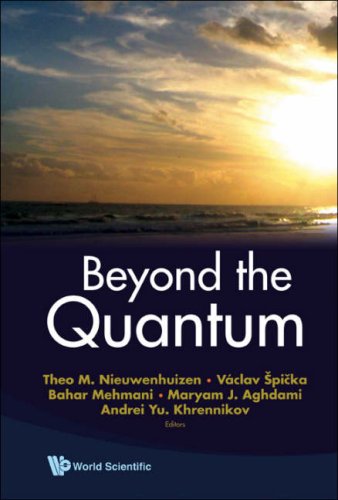
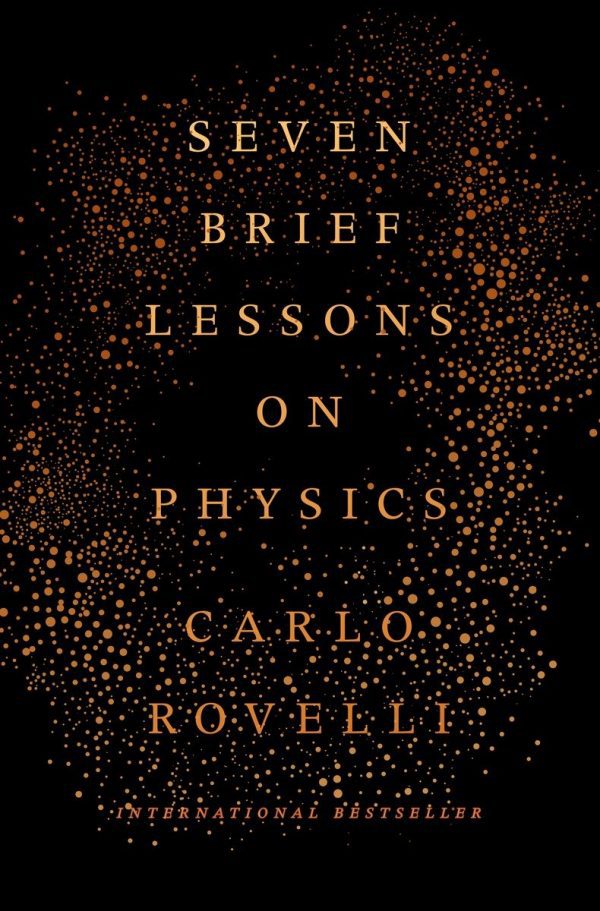
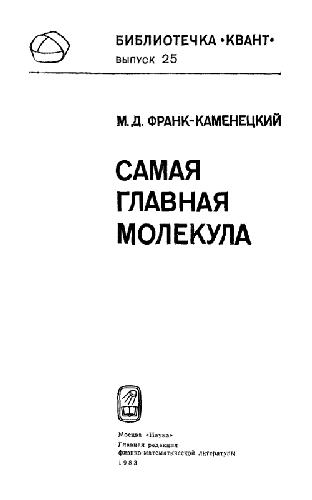
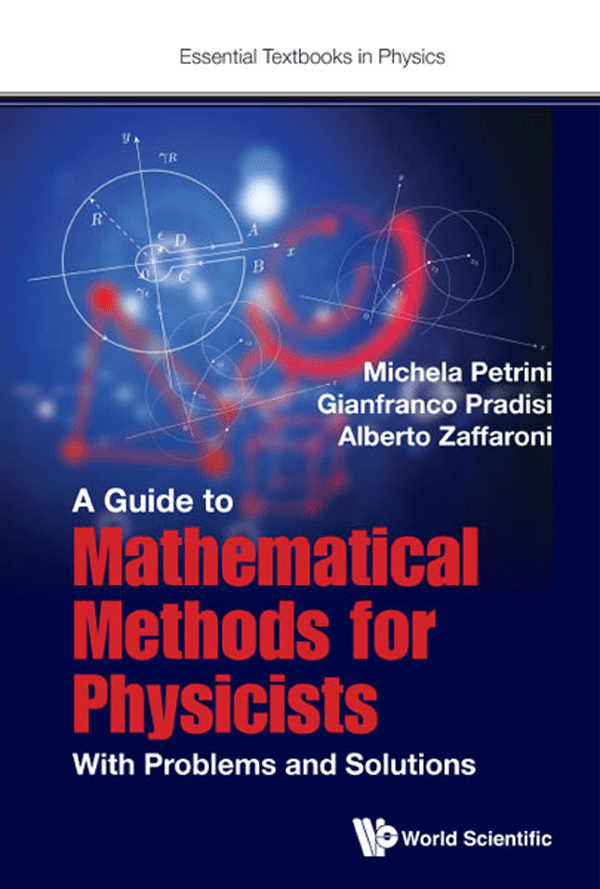
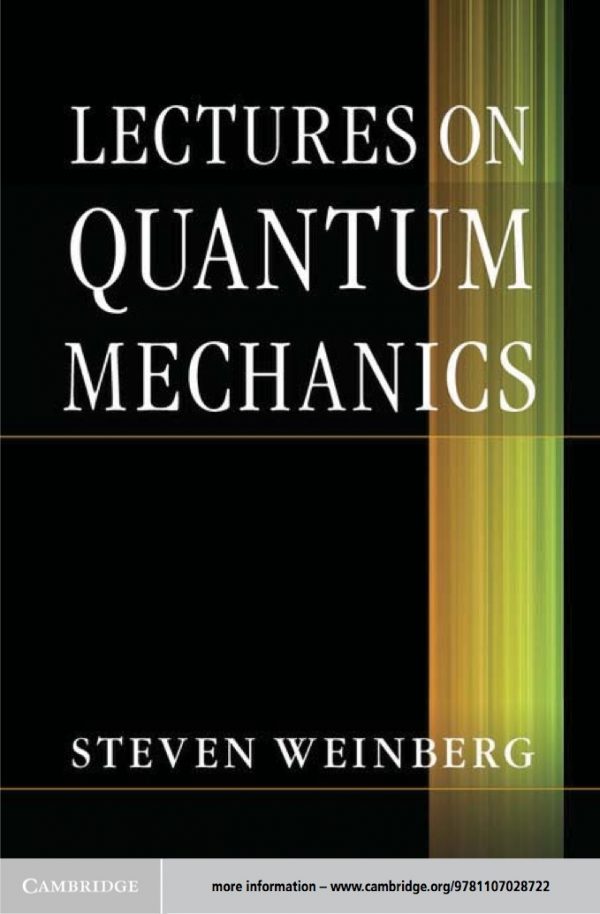

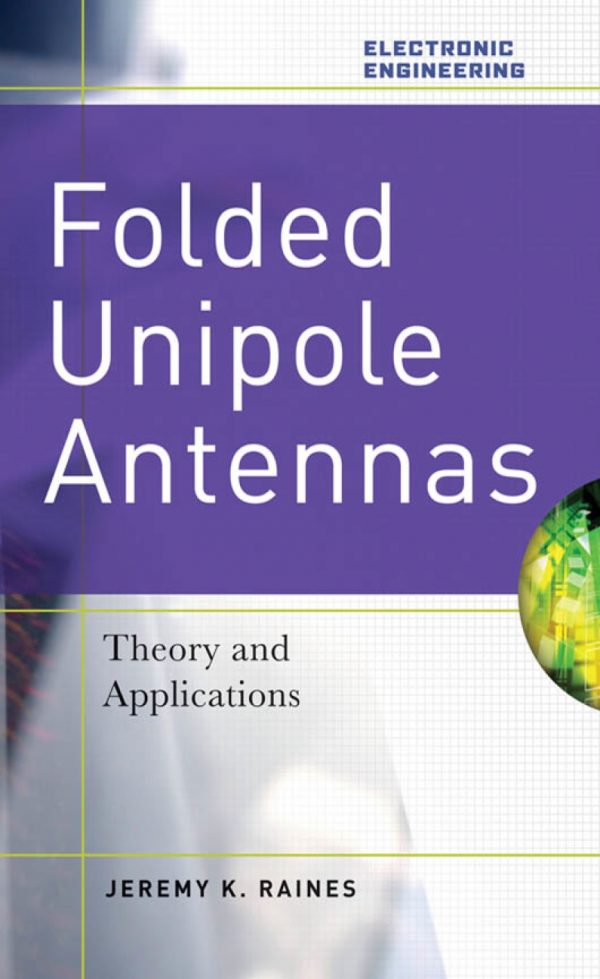
Reviews
There are no reviews yet.